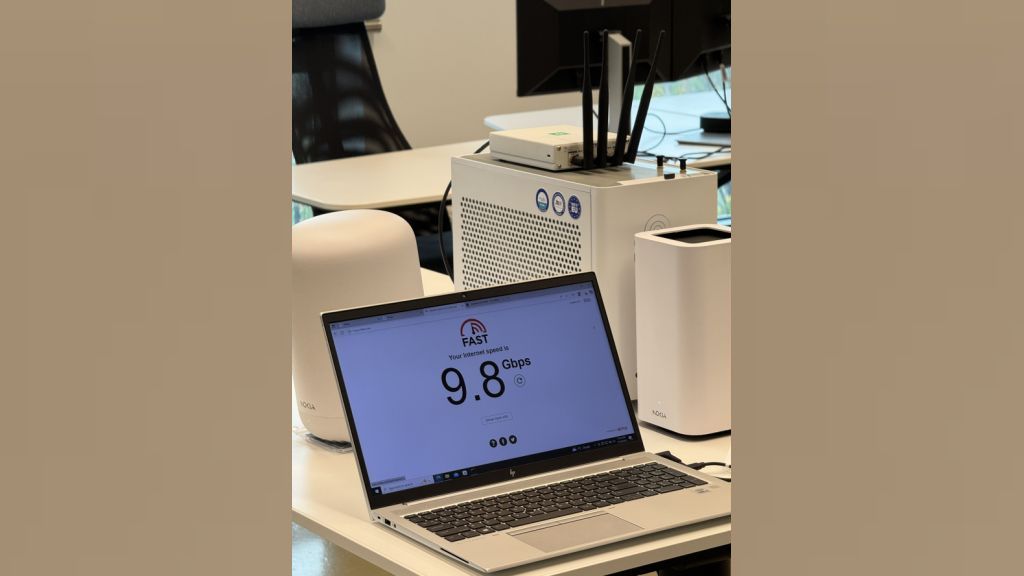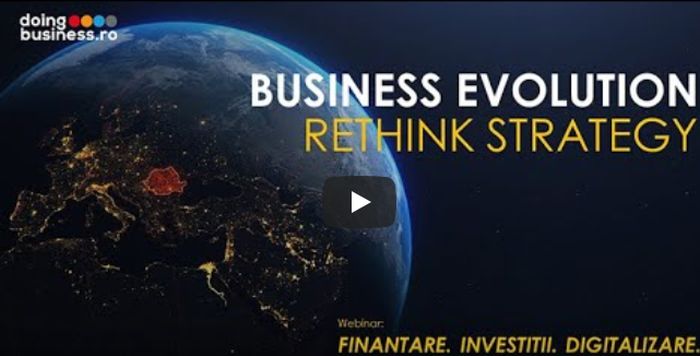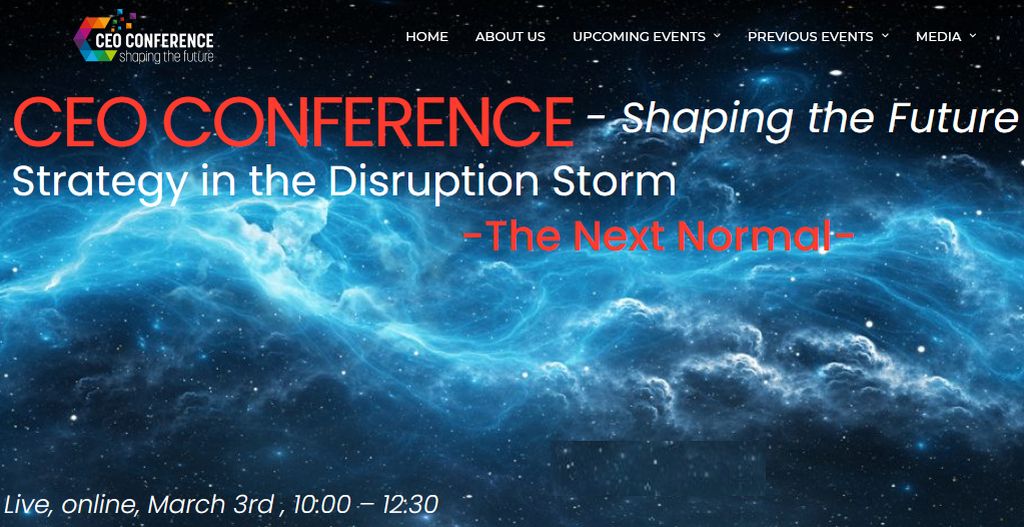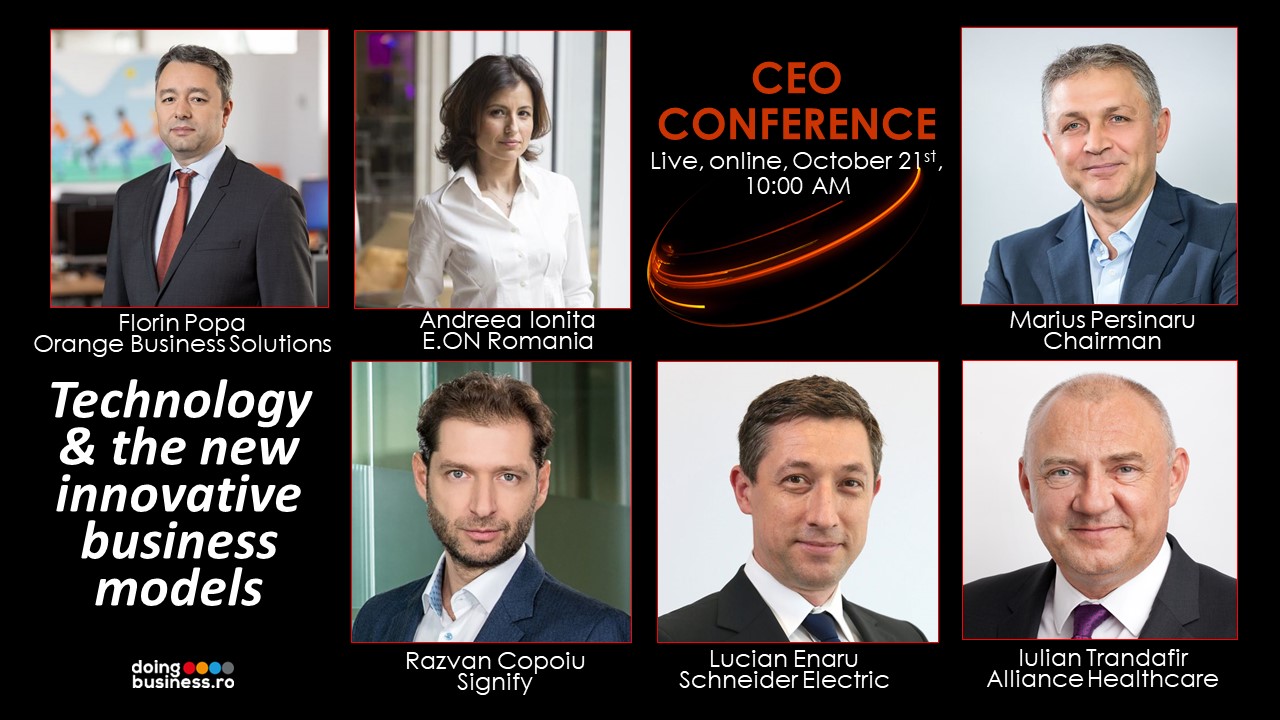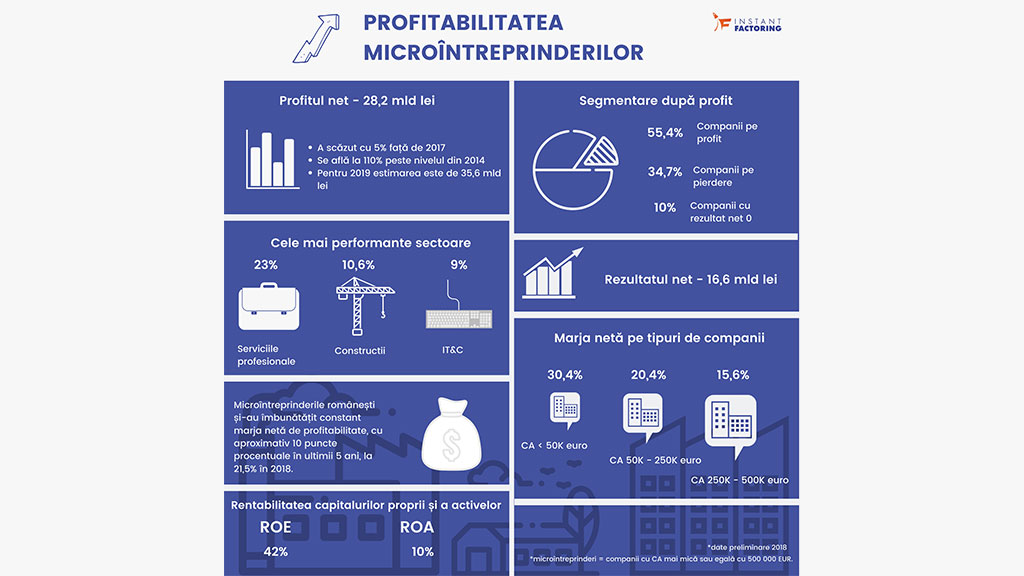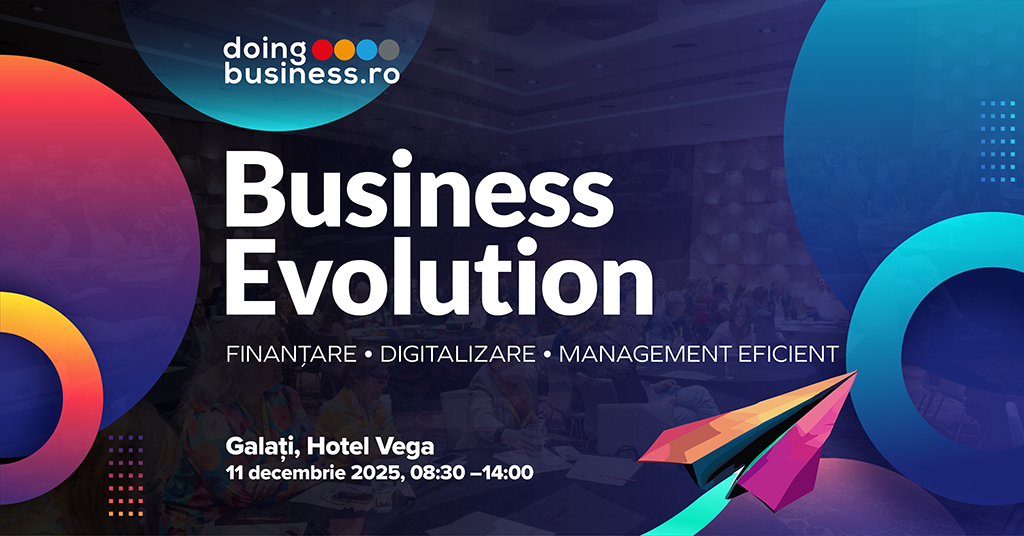There is a template in the collective business thinking in Romania, as SAP is an expensive system especially for large and very large companies. According to this rumor, an SAP system only allows organizations with complex processes, IT budgets of millions and who can support implementation projects that never end. What is the cause of this misconception? Most often, the confusion between SAP S4 / HANA and SAP Business One powered by HANA, two systems developed by specialists from the same German company, but thought from the start for different categories of users.
But what are the most common myths about SAP Business One?
Myth 1: SAP is too complex.
When it comes to ERP, it is not the size of the company (turnover and number of employees) that matters, but rather the complexity of the activity. If you have multiple suppliers, some even international, assemble various components, you have a team of at least 4-5 sellers and customers who reach you on multiple channels, you are already at a level where regular accounting applications are outdated. Why? Because the workload is high, the data is too many and disparate, and the information becomes hard to get.
SAP Business One can be approached gradually, starting from the standard modules (financial accounting, sales and sales, CRM, procurement, production and planning, inventory, service, analysis and reporting) and adding functionalities specific to the field in which you operate, automating various processes (with the help of software robots, for example) integrating other applications (Business Intelligence, Warehouse Management Systems, Retail, eCommerce, etc.).
These functionalities are normal for a modern company that wants to work smartly and efficiently. In the System Innovation Romania list, there are projects with companies with turnover of about EUR 2 million and 10-12 users in the system and which, according to the statistics, are SMEs (see Eurial case study). An essential aspect is the flexibility of SAP Business One. By integrating multiple vertical add-ons (application-specific applications), the solution can meet the requirements of large and very large companies.
In Romania, the largest SAP Business One projects have over 100 users, companies and 1500 employees.
Myth 2: SAP is hard to implement.
Each company has its own fingerprint of how it operates. This unique fingerprint is determined by the manager's business style, team nature, type of activity, region, etc. SAP Business One can be used in its native form, but to fit this unique fingerprint it needs customization, customization to the requirements or specifics of each customer.
The implementation time is also determined by partner experience, openness and methodology used, business analysis, process maturity, decision makers involvement, etc.
On average, a SAP Business One project run by System Innovation Romania lasts 6-8 months, but there are projects that can take place within 4-5 months. SAP Business One has a similar implementation time with any other integrated ERP system.
Myth 3: SAP is a too expensive solution.
As stated at the outset, SAP offers several ERP solutions, one for enterprise and one for SMB (Small and Medium Business) or more for SMEs. SAP Business One costs considerably less than the SAP ERP Tier1 solution, the cost of licenses being, for example, nearly 50% lower.
Expensive or inexpensive ... the terms are relative, it matters what you are reporting and especially what matters in terms of functionality, knowledge, good practice, business processes.
The cost of SAP Business One is similar to ERP solutions developed on the local market, both as licenses and as implementation services.To keep costs under control, you have different types of licenses, depending on the role of users in the company.
Before you think that SAP, because it is a solution made in Germany, is automatically too complex and too expensive, inform the Romanian companies that use it. Learn why they chose this system, how they implemented it, and what the results are.






